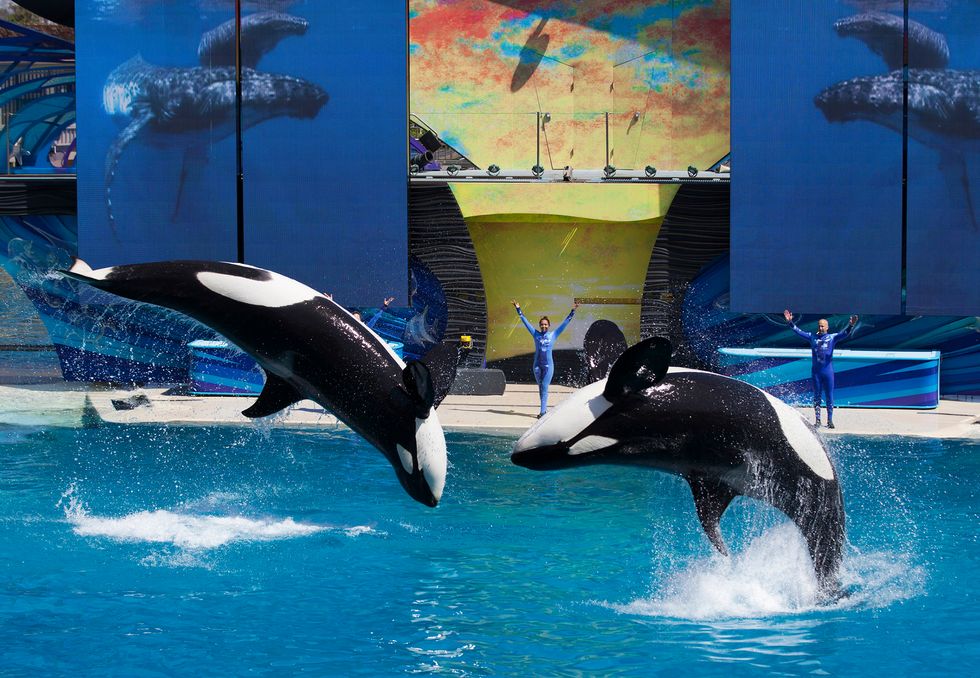As an avid animal lover, I always longed for the opportunity to go to SeaWorld and witness the intelligent and majestic killer whales. But as I sat in my sophomore year Oceanography class sobbing while watching Blackfish, a documentary that follows the controversial captivity of killer whales and its dangers for humans and whales,I realized that SeaWorld is not a place that should be admired. Since the documentary was released, laws were put into place to stop the capturing of orcas in the wild, and in 2016, SeaWorld released a statement that said they would no longer breed their killer whales, ultimately making this generation of whales their last. While this is a major step in the right direction, the orcas currently living in captivity are being subjected to cruel treatment as we speak. As someone who was once blind to their inhumane practices, due to the fact that SeaWorld’s advertisements are filled with propaganda in order to paint the picture of a well-run, family friendly organization, I felt obligated to share the facts behind the horrible institution that is SeaWorld and subsequently the reasons why I will never attend a show at SeaWorld.
Most of the orca whales in captivity were kidnapped and sent to SeaWorld. Five orcas who are currently at SeaWorld were stolen from their ocean homes. For example, Tilikum, a 32 year old orca whose captivity story was told in the documentary Blackfish, was captured at the age of two by a marine “cowboy.” Tilikum was not taken from his natural environment to be rehabilitated after suffering an injury like marine animals often are; instead, he was torn away from him family against his will and confined to a small concrete tank in order to turn a profit for the rest of his life.
If a killer whale cannot be captured during a hunt, they are immediately killed. In 1965, the first-ever orca show at SeaWorld was performed by a female orca named Shamu at SeaWorld San Diego. During Shamu’s capture, her mother was shot with a harpoon and killed in front of the young orca.
At SeaWorld, orcas are not given the ability to choose their own mates and reproduce naturally, the way they would in nature. The male orcas are trained to float on their backs, and their trainers masturbate them to collect their sperm. The females are then artificially inseminated and forced to breed at a much younger age than they would in nature. One of their whales, Katina, is used as a breeding machine and is even being inbred with her own sons.
Because of unfair training tactics, the orcas in SeaWorld are known to show aggression towards one another. In order to provide an incentive for the younger orcas to learn their tricks in a timely fashion, they are deprived of food when they do not accurately follow a command. Not only do the trainers starve the younger orcas when they do not follow a command, they also punish the adult orcas. This makes the adult orcas resentful of the young whales, causing them to violently rake the young whales.
Orcas in the wild have an average life expectancy of 30 to 50 years—their estimated maximum life span is 60 to 70 years for males and 80 to over 100 years for females. The median age of orcas in captivity is only nine years old.
In captivity, all male orcas have collapsed dorsal fins as adults, which is a sign of an unhealthy orca. SeaWorld claims that this condition is common and natural for all orcas. However, collapsed dorsal fins are caused by the unnatural environment of captivity and are rarely seen in the wild. Only one to five percent of male orcas in some populations have fully collapsed dorsal fins.






















